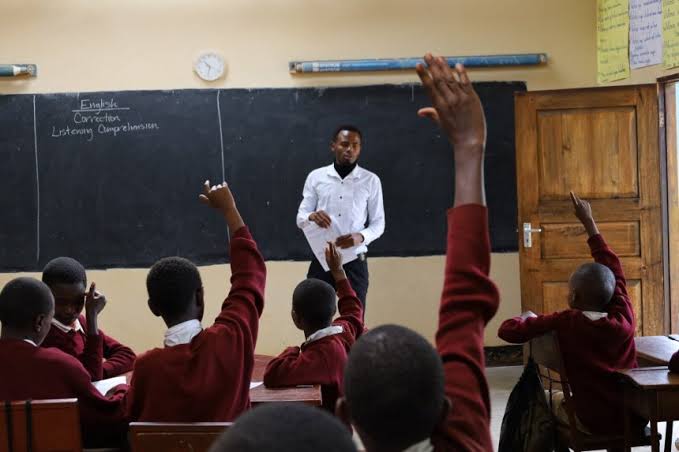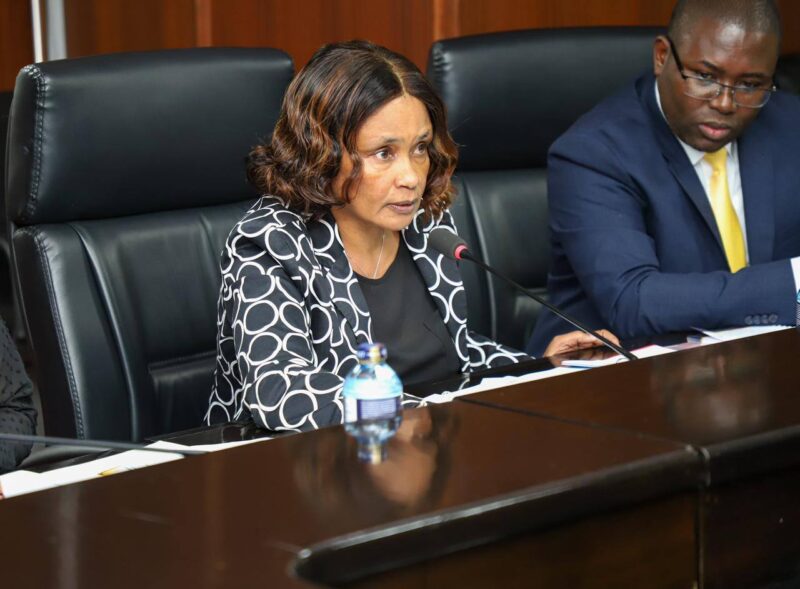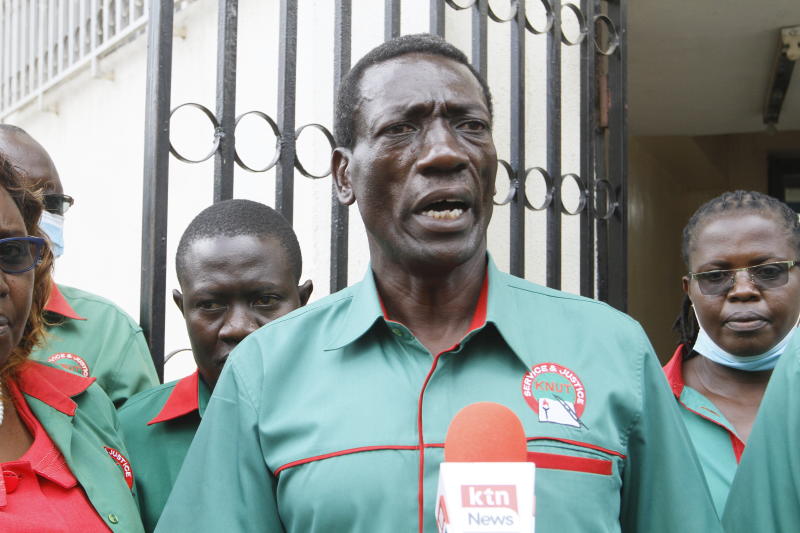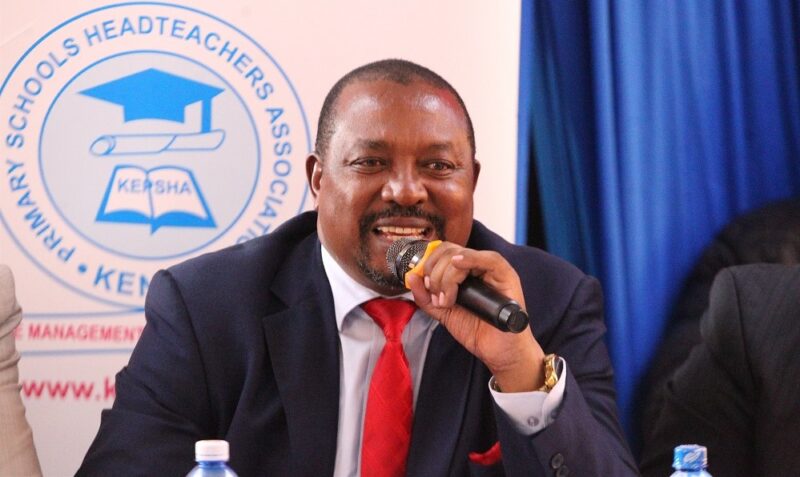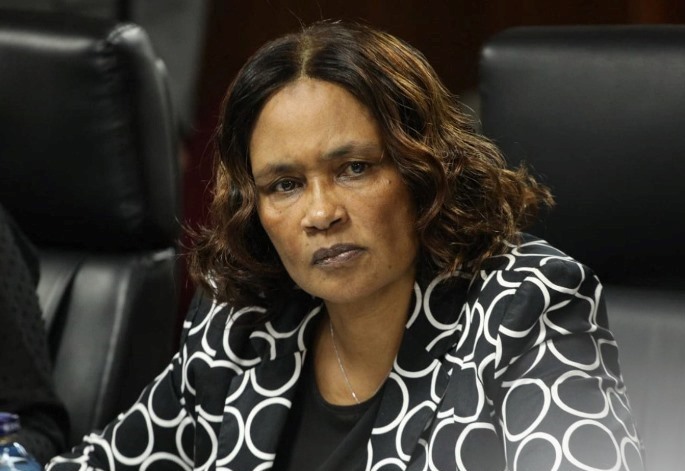Kenya’s Competency-Based Curriculum (CBC) reforms, designed to transform learning and align education with modern skills, face a critical threat: teacher shortages.
Education CS Julius Ogamba confirmed that the system is short of 137,500 teachers, a crisis that could derail the January 2026 transition of the first cohort into senior school. “The shortage is most acute in social studies, STEM, and vocational subjects,” he said.
The Teachers Service Commission reported that junior schools need 72,422 more teachers, while senior schools are short by 65,070. This comes despite the government employing tens of thousands of teachers since 2022.
Experts warn that without urgent action, the CBC pathways—STEM, arts and sports, and social sciences—may lack adequate instructors. In addition, the absence of trained indigenous language teachers threatens to undermine CBC’s emphasis on local heritage.
Although teacher training enrolment is growing, supply does not match demand. Most university education students are concentrated in arts-related programmes, while STEM enrolment remains low. The Ministry has proposed internships, mentorship, and retooling to prepare teachers for CBC demands.
Reforms are also targeting entry qualifications. Teachers with P1 and ECDE certificates must upgrade to diploma, while KCSE entry requirements for diploma programmes have been set at a minimum of C (Plain), with tougher rules for STEM fields.
Furthermore, a Kenya Teacher Training College and a Kenya School of Teacher and Education Management are set to be established to oversee training, deployment, and retooling. Teachers who graduated before 2023 will undergo mandatory retraining.
Principal Secretary Julius Bitok urged stakeholders to align training with employment. “By 2027, every trained teacher should walk straight into employment. That is the future we are planning for,” he said.
The success of CBC depends not only on classrooms and learning materials but also on having the right teachers in place. Unless Kenya accelerates teacher recruitment, training, and deployment, the ambitious education reforms could stumble at the first major hurdle.
